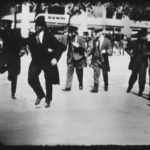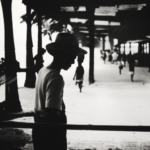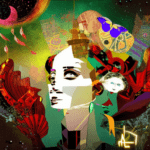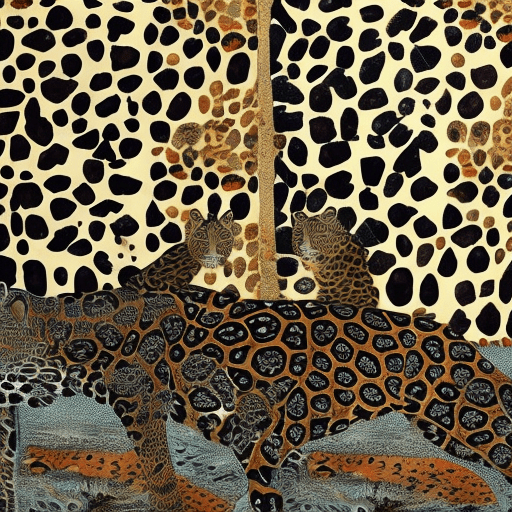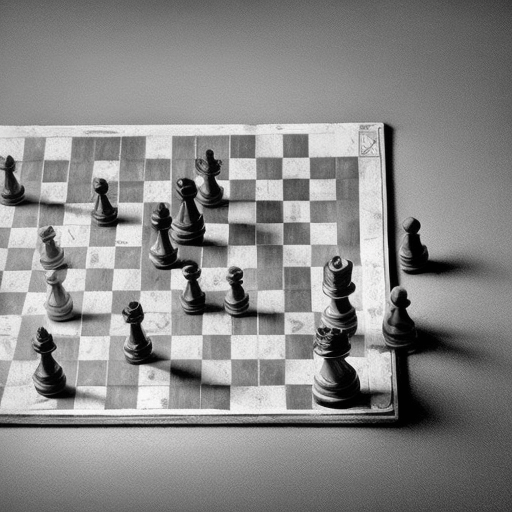The Leopard by Luchino Visconti
Summary: Set in 19th-century Sicily, “The Leopard” follows the decline of the aristocratic Salina family as they navigate the social and political changes brought about by the Risorgimento.
Main Cast and Crew:
- Director: Luchino Visconti
- Writers: Luchino Visconti, Suso Cecchi d’Amico, Pasquale Festa Campanile, Enrico Medioli, Massimo Franciosa
- Key Actors: Burt Lancaster (Prince Don Fabrizio Salina), Alain Delon (Tancredi Falconeri), Claudia Cardinale (Angelica Sedara), Paolo Stoppa (Don Calogero Sedara)
- Music Director: Nino Rota
- Director of Photography: Giuseppe Rotunno
- Producers: Goffredo Lombardo, Pietro Notarianni
Plot:
“The Leopard” takes place during the 1860s, a time of great upheaval in Sicily. Prince Don Fabrizio Salina, the aging head of the Salina family, watches as his world crumbles around him. His nephew, Tancredi Falconeri, joins the revolutionaries fighting for Italian unification, while the prince’s own son, Paolo, remains indifferent to the changing times.
As the prince’s health deteriorates, he arranges a marriage between Tancredi and Angelica Sedara, the beautiful daughter of a wealthy merchant. The union symbolizes the merging of the old aristocracy with the rising bourgeoisie. Despite his reservations, the prince recognizes the necessity of adapting to the new order.
The film explores the complex dynamics between the characters as they navigate their changing roles in society. The prince, torn between his loyalty to tradition and his desire for progress, represents the fading aristocracy. Tancredi embodies the opportunistic young generation willing to embrace change, while Angelica represents the allure of wealth and power.
Themes and Motifs:
“The Leopard” delves into themes of class, power, and the inevitability of change. The film examines the decline of the aristocracy and the rise of the bourgeoisie, highlighting the tensions between tradition and progress. It explores the complexities of social mobility and the compromises individuals make to secure their positions in society.
Visconti masterfully uses motifs throughout the film to convey these themes. The recurring image of the leopard represents the dying aristocracy, while the changing landscapes and costumes mirror the shifting social order. The sumptuous cinematography and meticulous attention to detail further enhance the film’s exploration of these themes.
Reception and Legacy:
Upon its release in 1963, “The Leopard” received critical acclaim for its stunning visuals, powerful performances, and thought-provoking themes. It won the Palme d’Or at the Cannes Film Festival and was nominated for several other awards, including an Academy Award for Best Costume Design.
“The Leopard” has since become a classic of Italian cinema, praised for its historical accuracy and profound exploration of societal change. It continues to be studied and celebrated for its nuanced portrayal of the decline of the aristocracy and the birth of modern Italy.
Recommendation:
“The Leopard” is a must-watch for cinephiles and history enthusiasts alike. Luchino Visconti’s meticulous direction, combined with the stellar performances of the cast, creates a captivating and immersive experience. The film’s exploration of class dynamics and the impact of societal change resonates even today, making it a timeless masterpiece.
Memorable Quote:
“Don Fabrizio: We were the leopards, the lions; those who’ll take our place will be little jackals, hyenas; and the whole lot of us, leopards, jackals, and sheep, we’ll all go on thinking ourselves the salt of the earth.”


